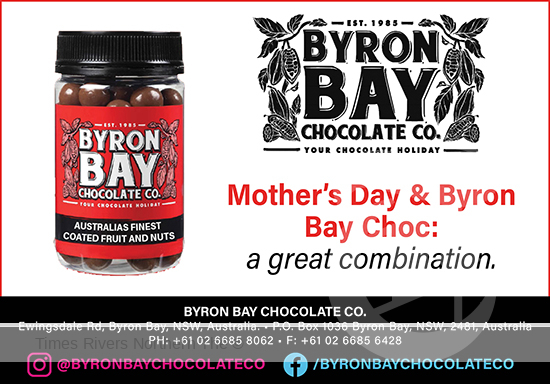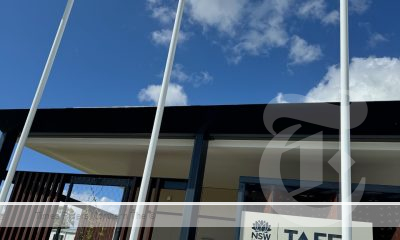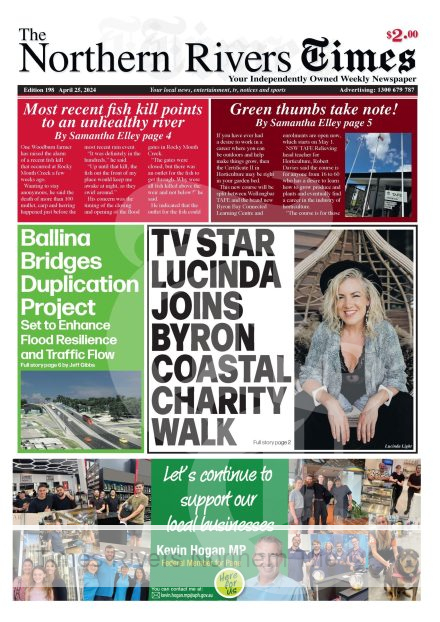Healthy ageing a key priority for the North Coast
The North Coast region of NSW faces unique challenges and opportunities due to an ageing population.
Currently, 138,000 or 25% of people between Port Macquarie and the Tweed are aged 65 or over. This compares to 16% Australia-wide.
Additionally, 30% of the North Coast population is expected to be over 65 by 2030, and the number of people over 85 will almost double in the next twenty years.
CEO of Healthy North Coast, Monika Wheeler, said that as our population ages, the demand on the healthcare system grows, impacting people being able to easily access the services they need, and placing a strain on healthcare resources.
“People are living longer, but not necessarily healthier. We want to shift the focus to improving health now so that people might live the best life they can irrespective of their age,” said Ms Wheeler.
“Healthy ageing is a journey that begins at birth. As we live longer we need to ensure all our living years have choice, dignity and control.”
To address these ageing challenges, Healthy North Coast has developed a Healthy Ageing Strategy with the vision to help people on the North Coast live well, age well, and have ongoing opportunities to contribute and stay connected to their communities and Country.
Developed in consultation with the community, aged care industry stakeholders, and primary and acute care clinicians, the Strategy focuses on wellness, independence and enablement.
A 54-year-old woman from Coffs Harbour who participated in the social research for the Strategy highlighted:
“I guess it is a daily decision to keep well as much I can.
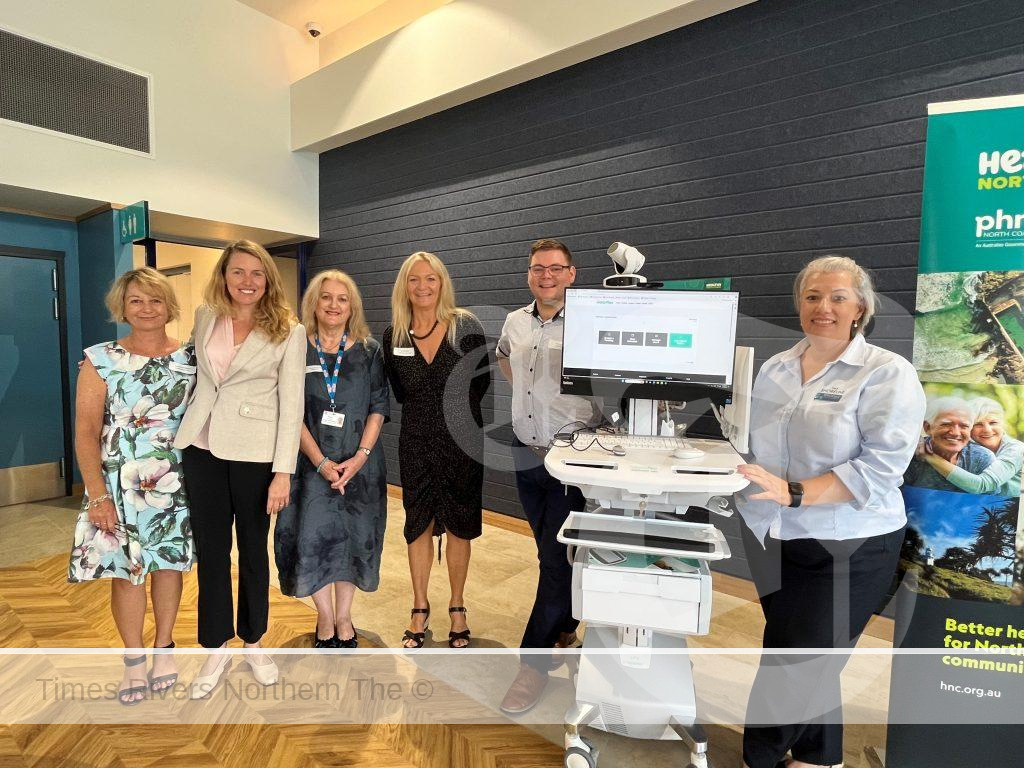
Launch of Healthy Ageing Strategy
“For me, that’s a holistic approach, with every part of my life included… keeping mentally well, physically well, spiritually well and emotionally well.
“I think that ageing well has got very much to do with what we do day-to-day, it doesn’t happen by chance, it’s an investment into the future. It starts now, it starts every day.”
The Healthy Ageing Strategy contains a number of key initiatives, many of which are already underway on the North Coast.
These include digital health within residential aged care, the North Coast Care Finders Program, aged care disaster management planning and the Greater Choice at Home Palliative Care program.
Owen Lednor, Clinical Project Consultant at The Shoreline Luxury Retirement Living in Coffs Harbour, enthusiastically welcomed the Healthy Ageing Strategy at a launch event held this week.
“Ensuring our residents have access to the right kind of primary healthcare has been a challenge in the past, but now we’re seeing a lot of enthusiasm and uptake on digital telehealth services,” Mr Lednor explained.
“This new technology allows our residents to avoid unnecessary hospital visits and to get the healthcare they need while remaining comfortable at home.
“It’s great to see a focus on digital health technology in the Healthy Ageing Strategy, so that some of those barriers to healthcare might be removed.”
For more information about the Healthy Ageing Strategy 2023-2027 and its initiatives, including downloadable resources, visit here.
For more seniors news, click here.
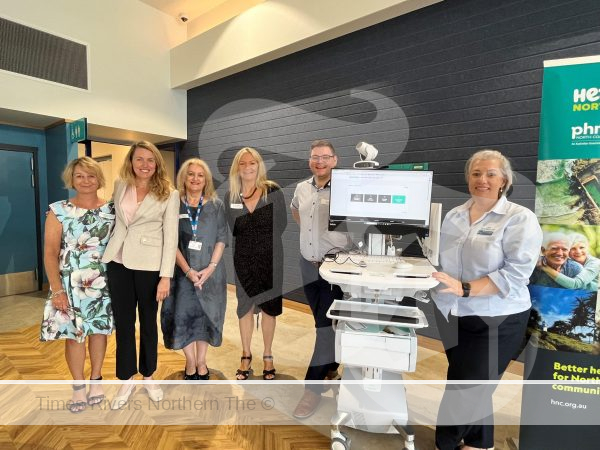
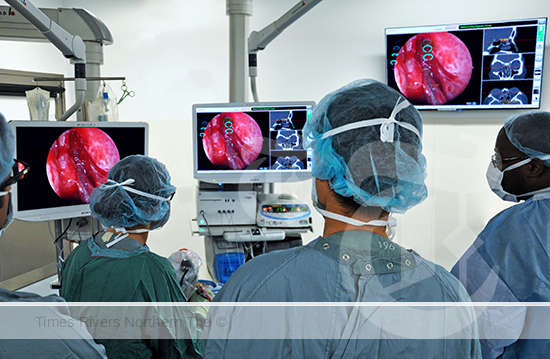

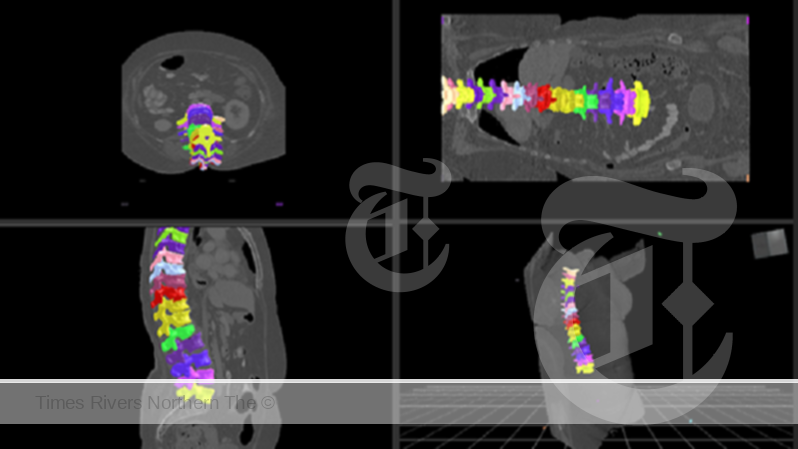

 Tweed Shire News2 years ago
Tweed Shire News2 years ago
 Motoring News1 year ago
Motoring News1 year ago
 COVID-19 Northern Rivers News3 years ago
COVID-19 Northern Rivers News3 years ago
 COVID-19 Northern Rivers News3 years ago
COVID-19 Northern Rivers News3 years ago
 Northern Rivers Local News2 years ago
Northern Rivers Local News2 years ago
 Health News3 years ago
Health News3 years ago
 COVID-19 Northern Rivers News3 years ago
COVID-19 Northern Rivers News3 years ago
 NSW Breaking News3 years ago
NSW Breaking News3 years ago









